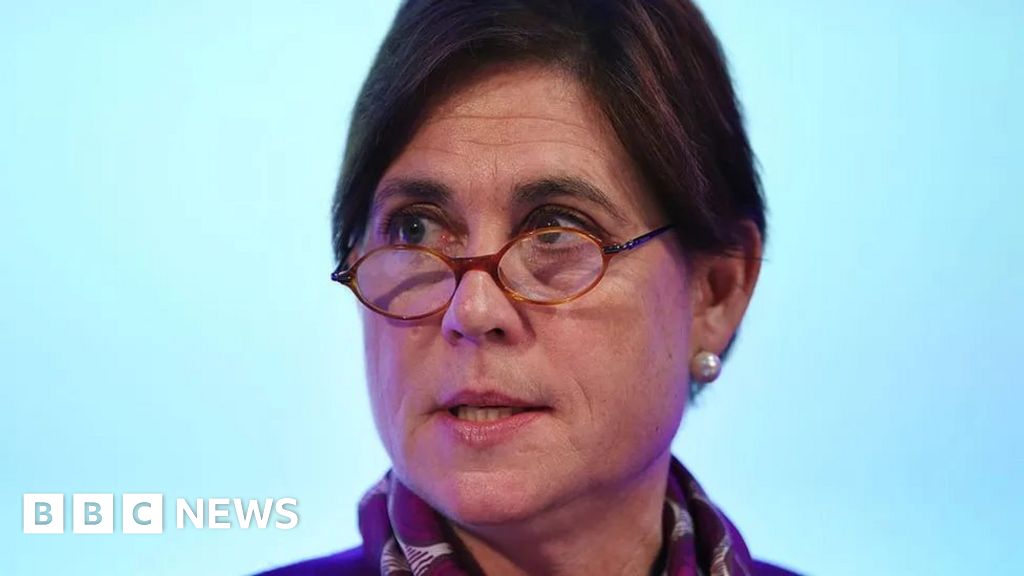The medical sector in Korea is facing a crisis as more and more professors and senior doctors are resigning or reducing their working hours. This has led to concerns among patients who feel like they may be left in a “hostage” situation. Kim, the mother of a 27-month-old patient with kidney disease, expressed her worry as the pediatricians treating her daughter at Seoul National University Hospital plan to resign in May. This has forced parents to seek alternative hospitals for their children’s treatment, causing added stress and financial burden.
Since the strike of resident and intern doctors in February to protest the decision to increase medical student enrollment quotas, the situation has escalated. Medical professionals have been impacted by this decision, with over 9,000 resident doctors calling for better income and working conditions. The government’s decision has resulted in further unrest in the medical sector, with senior doctors reducing their working hours or taking one day off each week.
This reduction in working hours has affected patient care and led to rescheduled treatments and surgeries. Patients are caught in the middle, facing uncertainty and disruptions in their medical care as they try to find alternative hospitals for their treatment.
Despite the government’s conciliatory moves to address some concerns, the situation remains tense as both sides advocate for their interests. Patients and their families are caught in the middle, facing uncertainty and disruptions in their medical care. The future of healthcare in Korea hangs in the balance as the standoff between doctors and the government continues to unfold.
The crisis has spread to medical students who fear that they will not be able to secure jobs due to decreased demand from hospitals that are struggling with staff shortages. Medical students are also advocating for better pay and working conditions for themselves.
The situation is further complicated by a lack of transparency from hospitals regarding staffing levels and workloads, which has led to mistrust among patients and healthcare workers alike.
In conclusion, while efforts have been made by both sides to address some concerns, there is still much work to be done before we can see a resolution



